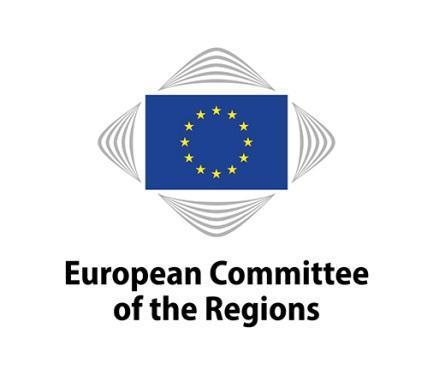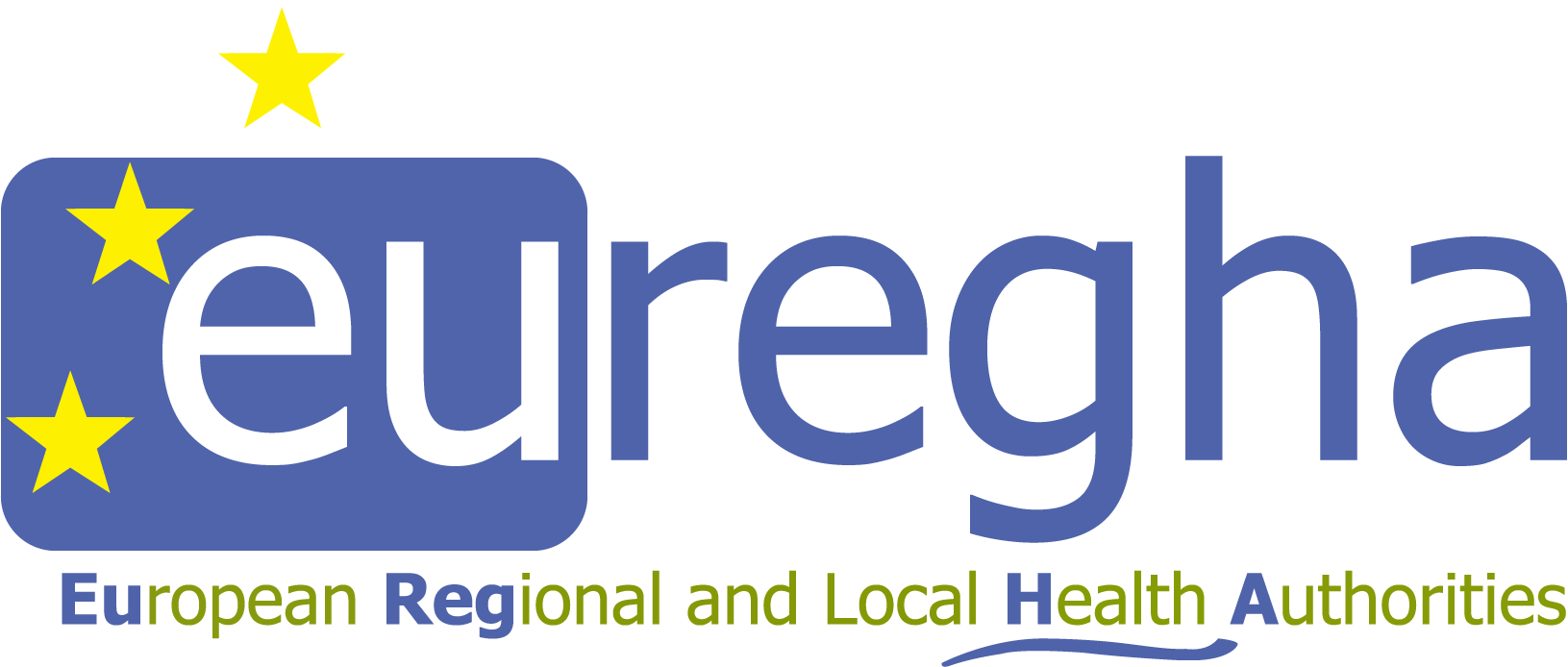
Friday 4th December 08h00 – 09h00
Room JDE 53, Committee of the Regions
Minutes
Welcome and approval of agenda
Interim Chair, Mr Karsten Uno Petersen, opened the meeting and welcomed all participants. He informed that this would be the last meeting of the year, that interpretation was available in Spanish and Italian and reminded everyone to sign the attendance list. The agenda was accepted without amendments.
The Active Ageing Index – Ettore Marchetti, European Commission, DG Employment
The Active Ageing Index (AAI) was launched by the European Commission in 2012, during the “European Year for Active Ageing and Solidarity between Generations” jointly with the United Nations Economic Commission for Europe (UNECE) and the Madrid Action Plan on Active Ageing (MIPAA). AAI is a statistical tool developed to measure activity levels of seniors in a given society. The purpose is primarily advocacy and communication, but also to facilitate monitoring and inform policy. The AAI is similar to the Global Age Watch Index (GAWI), but puts the main focus on how active older people are than how well they are.
The underlying principle of the AAI is that the challenge of the ageing population may be turned into an opportunity if well managed, and that active and engaged people contribute to their own health, wellbeing and autonomy as well as to the welfare of their society. The AAI includes both paid and unpaid activities and strives towards a holistic picture of the individual, putting people at the centre. Not only policies are important, but also to shape attitudes and behaviours.
The objectives of the AAI project are to develop a high-quality evidence base, facilitate comparative analysis and to develop a conceptual framework and methodology to operationalise the concept of active ageing through close consultation with key stakeholders so as to identify and promote a comprehensive approach to active ageing.
The AAI is calculated on the basis of four types of indicators: employment (employment rates among older people), participation in society (voluntary activities, care to children and older people, political participation), independent, healthy and secure living (physical exercise, independent living, financial security etc.) and capacity and enabling environment for active ageing (remaining life expectancy, mental well-being, use of ICT etc.).
The secretariat for the Interregional Group on Health and Wellbeing is provided by EUREGHA.
Together, these indicators aim at capturing the population’s actual experience of active ageing together with the enablement and capacity to actively age.
Some key lessons drawn from the AAI include:
- Some countries perform very well across the board, but with local strengths and weaknesses in every country
- Men score higher than women (this is explained mainly by gender differences in labour market participation and the fact that women live longer)
- Active Ageing has been progressively increasing
- Active Ageing brings real benefits to the economy and there is a clear correlation between economic development and active ageing, though the exact causality remains uncertain.
The AAI links to other EU initiatives, such as supporting and measuring practices and practical outcomes of the European Innovation Partnership on Active and Healthy Ageing (EIP AHA). Moreover, the AAI will link into the Covenant on Demographic Change, which was launched in Brussels on 7 December. The Covenant is an initiative similar to the UNECE, pledging to develop active ageing and strategies to face demographic change, while also taking into account actions that have already been taken.
In 2017, a third MIPAA review will take place, again bringing together the countries towards planning and monitoring progress towards implementing active ageing. Here, the AAI may be suggested as a method.
The AAI may be used to assess and address regional differences in active ageing as illustrated by Mr Marchetti through the case of Poland where regional differences are extensive. This insight enabled the launch of a debate within Poland on the efficiency of different policies aiming at active ageing. Mapping at regional level has also been done in Italy and Spain and Germany has expressed interest to do the same. So far this has been difficult to achieve in some countries, due to the lack of data at regional/local level.
A participant asked about the availability of a description on how to apply the AAI at regional level. Marchetti informed that there is thus far only a wiki (available on the AAI website) on how to apply it to the national level and that data needs to be applied with some flexibility to the regional/local level, and that some indicators may be more important on different policy levels and in different countries. He further informed that the Commission intends to develop a tool to adapt the AAI to regional assessments within the next three years.
Regional Strategy on Active and Healthy Ageing of Valencia (Ana García, Director General of Public Health, Regional Government of Valencia)
Valencia Region has five million inhabitants. Life expectancy is among the highest in the world, 82 years (79 for men and 85 for women). In Spain, the proportion of people over 65 is predicted to be one third by 2025. Currently in Valencia, 18% of the population is over 65 years. Among these, 12% perceive their own health as “bad” or “very bad”, 21% are obese, 39% do not engage in physical activity and 8% are daily smokers. Moreover, 79% of people aged 65-74 years suffer from at least one chronic disease, and for people over 85 this number raises to 86%.
The secretariat for the Interregional Group on Health and Wellbeing is provided by EUREGHA.
Valencia consists of a large number of small municipalities. The unemployment rate is higher in Valencia than in the rest of Spain, as is the proportion of the population at risk of poverty.
The overarching goal of the Valencia Active Ageing Strategy is to improve the quality of life of aged people. This shall be achieved through action in four strategic areas, subcategorised into 19 specific objectives and 71 actions: 1) Increased coordination and collaboration, 2) Training and research, 3) Health promotion and protection and disease prevention and 4) Comprehensive healthcare.
The health administration further distributes a magazine on active ageing in the regions, the “Viure en Salut”, which has proven to be a powerful tool reaching a broad audience ranging from health professionals to public stakeholders. They also disseminate information to the public on an online platform.
Thus far, the region has advanced in some of the strategy’s prioritised areas, but still have a long way to go. There are good information systems related to health put in place, such as the “Health Sentinental Network”, where primary health care workers volunteer to report on selected health problems. An assessment of the status of physical activity in old people has been carried out and a screening of frailty in aged people is foreseen for 2016.
Key issues include strengthening the links between public health and primary care. There is also a strong focus on including the concept of healthy ageing also in other health programmes and strategies and to embrace the principle of health in all policies, recognising for instance that housing and basic income are prerequisites for health. Overall, the strategy implies a shift of perspective from merely disease prevention towards also looking at promoting “health assets” – the resources of health in the community.
One of the key learning points from implementing the strategy thus far has been to create broad alliances of stakeholders to be involved from the very beginning, including other administrations, community associations and, crucially, aged people through their organisations/associations.
Discussion of proposed dates and themes for the meetings of the Interregional Group during 2016
The Chair informed that four meetings of the Interregional Group are foreseen for 2016, tentatively around the plenaries in April, June, October and December. He mentioned that some ideas for upcoming topics include: a follow-up presentation from the Commission on the use of European Structural and Investment Funds (ESIF) for health investments, integrated care or chronic diseases.
A few ideas for topics were raised by meeting participants: inviting the upcoming Dutch Presidency or the Commission around the theme of the future financing and sustainability of health systems; eHealth and telemedicine; a second meeting on migration and health as this is still a very pertinent topic.
Close of meeting
A tentative list of dates and suggested topics for the next meeting in April, and other meetings in 2016, will be circulated shortly.


